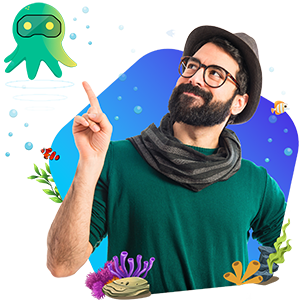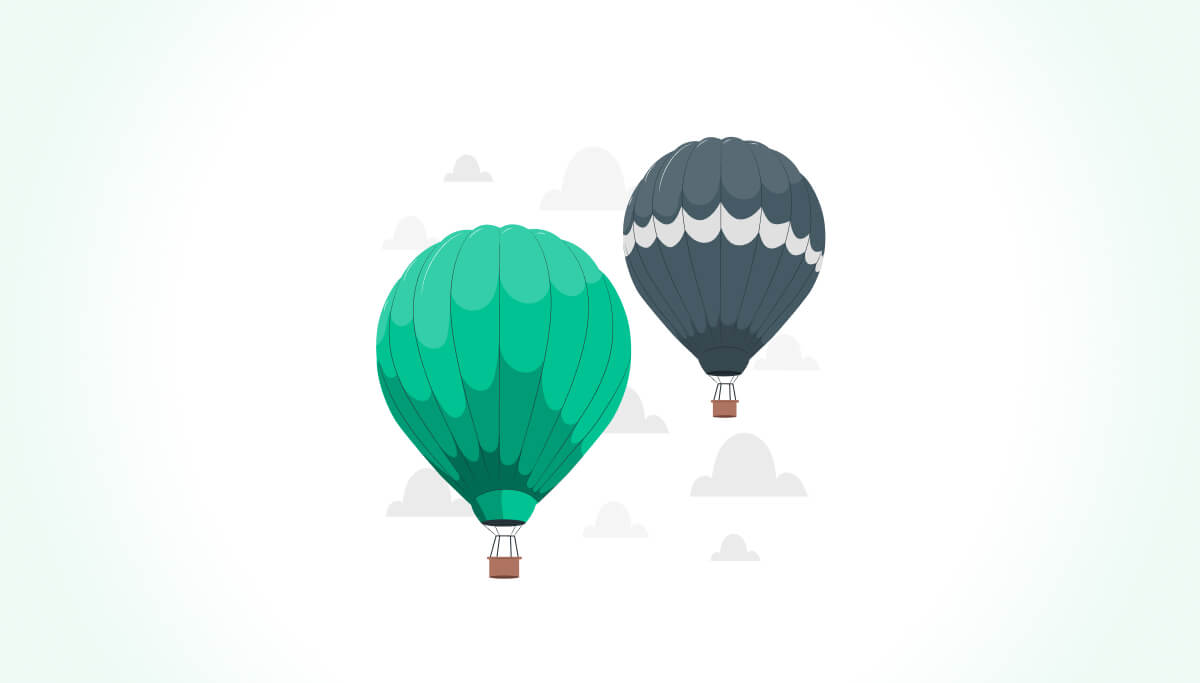Customer Lifecycle Management is a crucial strategy for businesses aiming to build solid and enduring customer relationships. By effectively managing the different customer journey stages, companies can acquire new customers, engage existing ones, and foster loyalty.
This article will explore the best practices for successful Customer Lifecycle Management and how they contribute to SaaS business growth.
What is Customer Lifecycle Management?
Before diving into the best practices, let’s define Customer Lifecycle Management (CLM). It encompasses the strategies and processes organizations employ to attract, convert, retain, and delight customers throughout their journey with the brand.
Customers undergo distinct stages: awareness, acquisition, conversion, retention, and loyalty. Each stage requires specific tactics and personalized approaches to ensure a seamless customer experience.
Key Elements for Developing an Effective Customer Lifecycle Strategy
When engaging with customers Lifecycle Strategy of your business you need to look at them holistically. If you think about the journey that customers go through when interacting with your business, you’ll find there are unique touchpoints and milestones that determine whether their experience with you is successful.
The customer lifecycle maps the stages that customers move through when deciding whether or not to buy your products and know about Developing an Effective Customer Lifecycle Strategy . You’ll be able to understand which of your teams customers are coming into contact with during a particular stage, from marketing to sales to support.
It takes customers time to build up to making a purchasing decision, and you’ll want to make sure that you nurture them carefully so that they take your desired action. Customers will require different messaging throughout the lifecycle and it’s up to your business to know what works.
Understanding your Target Audience
Who are your customers? You need to know exactly who is planning to buy from you so you can find more of them and offer an experience that will lead to your customers being satisfied. It’s likely that you’ll want to group your customers into different segments so you can select the messaging that is most appropriate for them and at each stage in their journey. Although customers can vary, many of them will have common features that you can use as a basis for targeting them.
Some requirements of the target customer involve having a need or desire for your product, as well as the means to buy your product. If customers fulfill these requirements, you can start moving them into the awareness stage of the customer lifecycle.
Mapping out the Customer Journey
All of your customers go through different stages in the journey when they are interacting with your business. By identifying the stage of the journey, you can select the most appropriate action to engage with them and ensure they move on to the next stage.
Awareness
The first stage of the customer journey lifecycle is awareness, where customers first come to know about your products or services. They are not ready to buy, but they understand that you might be able to solve a problem for them and that your products exist.
This is where they come into contact with your marketing team, who have been working hard to spread awareness of your products through advertising, social media, blog posts and more. If the customer lifecycle is working well, customers at later stages of the journey will be helping you earn referrals and completing the cycle.
Engagement
Also known as the “consideration” stage, customers who are engaging are now starting to interact with your business. They may have questions about your product and be trying to understand more about how it can benefit them. They’re not quite ready to buy but they view your business as a serious contender for helping them.
You need to provide customers with lots of points for interaction which can include engaging with them on social media, providing support through your customer service team, and providing helpful knowledge about your products through a self-service knowledge base.
At this stage, customers are thirsty for information and if your business can supply them with it, they will be likely to move onto the holy grail of the customer lifecycle – conversion.
Conversion
If you’ve done your job well, customers should be open to conversion with your business. You’ve laid the foundation for a customer’s buying decision and they’ve concluded that your product is right for them. The transaction process should be as smooth as possible, with many different payment options and requiring as few details as possible.
Supportive and friendly agents are key to helping more customers decide to buy from you. You should clear all obstacles out of the way to reduce the chance of customers abandoning their shopping cart. If customers have problems loading your payment page, they are likely to just give up instead of seeking out support.
Retention
When customers are in the retention stage, this is where you will be encouraging them to buy from you again. Retaining customers is just as important if not more so than acquiring new customers, because this is how you will be earning the majority of your revenue.
When customers are satisfied with their purchase, they are open to further buying opportunities and your business has successfully built a relationship. Showing your appreciation for your customers and communicating relevant offers is key to nurturing the relationship.
Loyalty
Finally, the loyalty stage is when customers decide to stick with businesses for the long-term and promote your products to the world. Customers believe your business provides an effective service and they choose to stay with you because you meet their needs and exceed their expectations.
Loyalty and referral programs are key to retaining these customers and showing that your company values their business. Don’t let your customers forget about you by neglecting your existing customers, and make sure that you continually reinforce your appreciation for the fact that they opt for your business.
Identifying Touchpoints and Opportunities for Engagement
Following customers through the lifecycle means you can identify opportunities for engagement. For example, if customers view your products you can retarget them with advertising to encourage them to come back to your business.
If customers engage with support, you can send them a follow-up survey to find out whether they were satisfied with their experience. It’s all about proactively reaching out to customers to ensure that they keep moving towards their final destination – purchase and loyalty.
To gain deeper insights into Churn360, we recommend setting up a demo with one of our experts for a detailed walkthrough
Book a demo
Without engaging with customers throughout the lifecycle, it’s easy for them to forget about your business and even consider your competitors. Target them with relevant and helpful messaging so they decide that your products or services are right for them.
Continuously Improving and Refining the Strategy
A customer lifecycle strategy is never static, and it’s important for your business to commit to constantly improving. Today’s customer will differ from tomorrow’s customer and you need to make sure your business is agile enough to adapt to their changing needs.
If you are taking advantage of data and insights, you’ll be able to understand where your customer lifecycle strategy needs work. For example, if few customers are moving from the awareness to the consideration stage, you might need to work on your marketing messaging to draw more customers in.
If you measure and analyze success, then continuous improvements can be made to ensure that more customers move through the lifecycle. Metrics such as customer lifetime value and churn can provide indications for success and show you where your lifecycle is failing to meet customer needs.
Best Practices for Customer Lifecycle Management
You need to implement certain best practices to optimize each stage of the customer journey and successfully manage the customer lifecycle. Here are a few of them:
Understand your customers
Develop comprehensive buyer personas to gain insights into your target audience’s motivations, preferences, and pain points. Segment customers based on their characteristics and behaviors to deliver personalized experiences and targeted marketing campaigns.
Customer segmentation enables you to tailor your offerings, messaging, and touchpoints to resonate with specific customer groups.
Understand the Customer Journey
To effectively manage the customer lifecycle, it is crucial to map the customer journey and identify key touchpoints – your brand’s point of customer contact from start to finish.
By visualizing the customer’s path from awareness to loyalty, businesses can identify opportunities for optimization, eliminate friction points, and provide a consistent and seamless experience across channels. Understanding the customer journey helps craft relevant content, implement effective communication strategies, and optimize conversion opportunities.
Analyze the preferences and behaviors of current customers
Utilize customer data and analytics to learn more about your current consumers’ habits, tastes, and buying patterns.
To enhance your Customer Lifecycle Management (CLM) strategy, identify trends, patterns, and areas that need improvement. You may customize interactions, foresee their requirements, and make recommendations that are more relevant to them by better knowing your consumers.
Collect Customer Feedback at Every Stage:
Regularly seek customer feedback to gauge satisfaction levels, identify areas for improvement, and measure the effectiveness of your CLM efforts.
Utilize surveys, feedback forms, social listening, and customer support interactions to gather valuable insights. Actively listen to your customers, address their concerns promptly, and incorporate their feedback into your CLM strategies to enhance the customer experience.
Develop Effective Lead Generation Strategies:
Implement lead-generation strategies tailored to your target audience and industry. Leverage content marketing, search engine optimization, social media advertising, and partnerships to attract and engage potential customers. Optimize landing pages, use compelling calls-to-action, and offer valuable resources to capture and nurture leads through acquisition and conversion stages.
Create Engaging Content to Convert Prospects into Buyers:
Craft compelling and informative content that addresses prospects’ pain points and showcases the value of your offerings. Utilize various content formats such as blog posts, videos, case studies, and whitepapers to engage prospects and guide them through the buying process. Use persuasive storytelling, testimonials, and social proof to build trust and credibility.
To gain deeper insights into Churn360, we recommend setting up a demo with one of our experts for a detailed walkthrough
Book a demo
Creating Loyalty Programs to Retain Valuable Customers:
Implement loyalty programs that reward customers for their continued engagement and purchases. Offer exclusive benefits, discounts, early access to new products, and personalized offers to cultivate loyalty. Regularly communicate with your loyal customers, show appreciation for their support, and actively seek opportunities to surprise and delight them.
Provide Exceptional Customer Experience Across All Touchpoints:
Consistently deliver exceptional customer experiences across all touchpoints, including pre-sales, onboarding, support interactions, and post-sales engagements.
Train your customer-facing teams to be empathetic, knowledgeable, and responsive. Streamline processes, reduce response times, and prioritize customer satisfaction to create a memorable and positive experience.
Conclusion
In today’s cutthroat marketplace, effective customer lifecycle management is essential for organizations to succeed. The best practices presented in this article can help businesses attract new clients, keep their current ones interested, and foster enduring connections.


